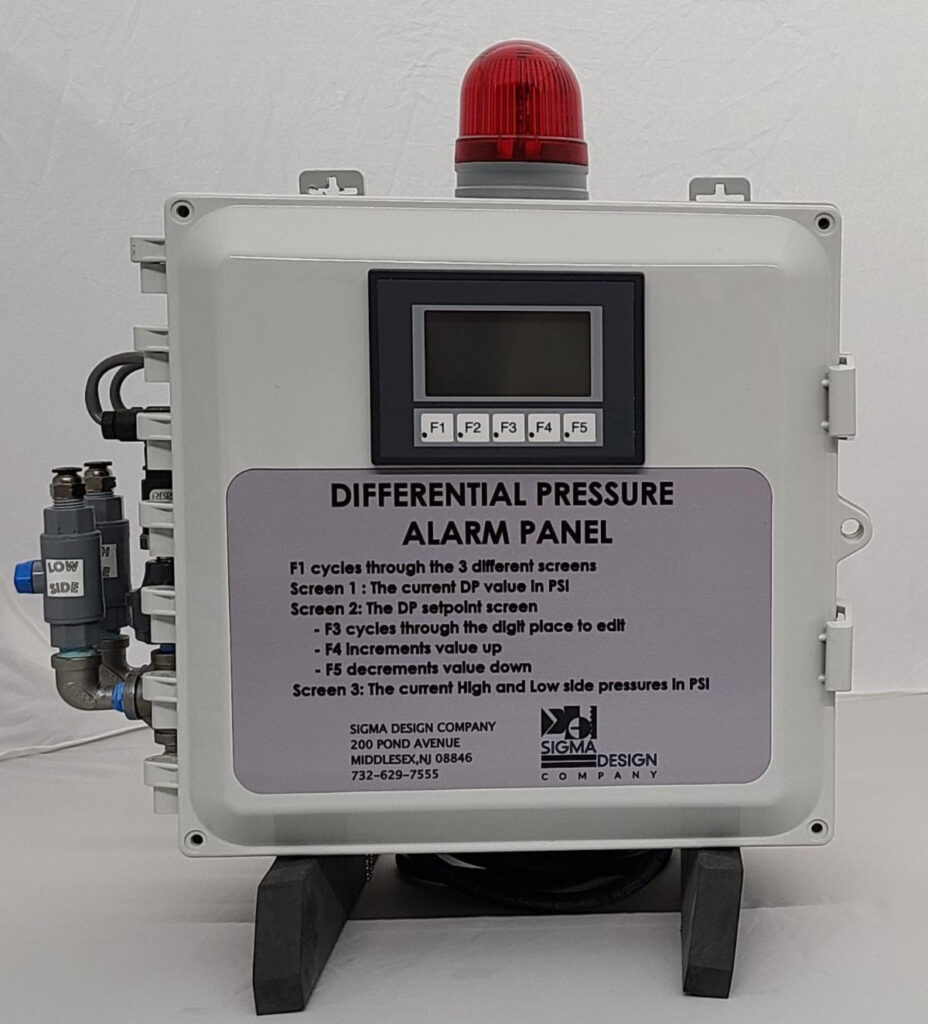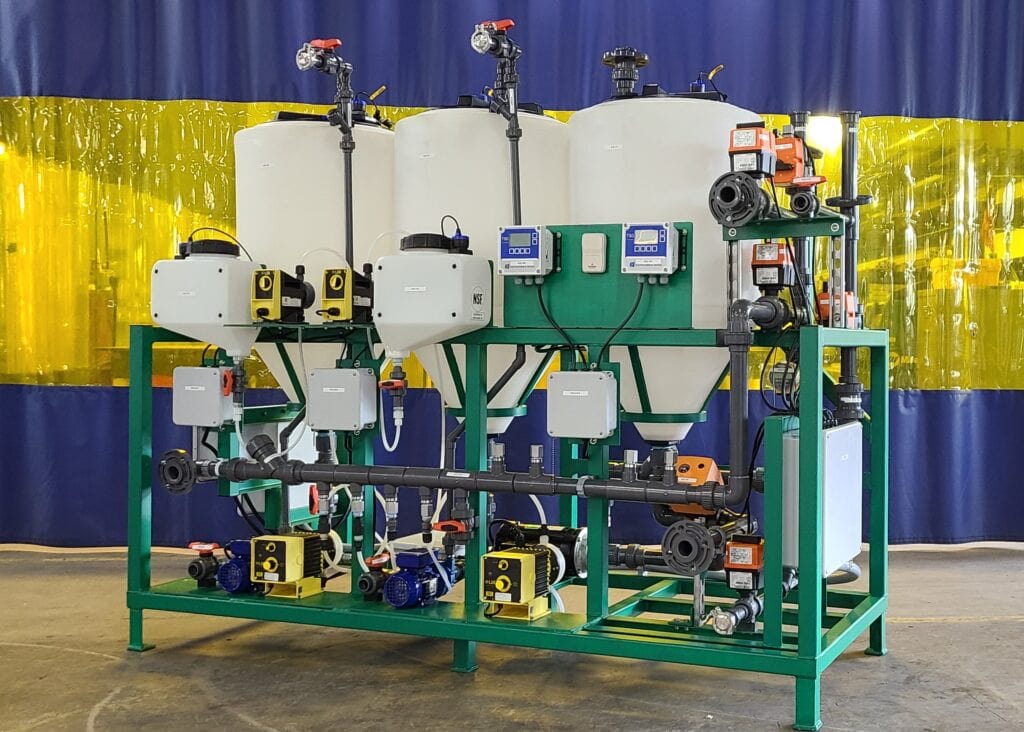NJ Manufacturers Continue to Look for Ways to Compete Across the Globe Despite Challenges New and Old.
By Jim Pytell, Managing Editor • From the March 2022 issue of New Jersey Business Magazine
The manufacturing industry has deep historical roots that run throughout New Jersey. In fact, while it is known as the Garden State, New Jersey is actually home to what was the first planned industrial city in America: Paterson. As such, the state played a key role in the start of the American Industrial Revolution, and to this day, manufacturing is still a vital part of New Jersey’s economic prowess.
Home to more than 9,000 manufacturing businesses, including some 2,000 more when considering its STEM and engineering firms, New Jersey’s manufacturing industry employs nearly 340,000 residents, according to data from the New Jersey Manufacturing Extension Program (NJMEP). Additionally, in 2021, the industry contributed $54.4 billion, or nearly 10%, to the state’s GDP.
However, while manufacturers in New Jersey were deemed essential businesses at the start of the pandemic two
years ago, they were not immune to the challenges brought on and amplified by COVID-19.
“Collaboration and participation will be essential for any business looking to grow [in 2022],” says John Kennedy, CEO of NJMEP. “As supply chain disruptions, cyberthreats, workforce shortages,
and financial pressures remain, only the strategic, productive and efficient will thrive.”
Supply Chain
One of the newest and most significant challenges that manufacturers face today is the disruption to the supply chain.
Kennedy says that manufacturers will likely need to prepare for a year where supply chain disruptions remain
constant until at least the latter half of 2022, with US Secretary of Commerce Gina M. Raimondo being quoted in November saying that US supply chains will take “some number of months” to normalize.
“We are no different than anyone else,” says Gerard Lynch, CEO of Middlesex-based Sigma Design Company.
“We have seen delays, specifically on electronics and automated components that are almost exclusively made in Asia. They have gone from two-to-four week delivery cycles to 24-plus week delivery cycles.”
Lynch adds that last year, Sigma even lost two separate million dollar specialty food equipment development projects solely due to lead times out of its control.
“Those were body blow punches,” he says. “We are now spending a lot more time on expediting purchase orders and anticipating project needs. We are even taking the risk of building increased inventory levels on some of the long lead items such as programmable logic controllers and touch screens, for example, in order to have a buffer stock.”
At the beginning of the pandemic, some manufacturers decided to take matters into their own hands when
items such as personal protective equipment (PPE) and hand sanitizer were in high demand.
Chris Gallo, general manager of Linden-based Phillips 66 Bayway Refinery,says that the company’s on-site refinery lab began producing its own sanitizer solution to help keep employees safe until
external supplies were made available.
“More recently, we had difficulties getting a chemical component needed for the making of polypropylene, an in-demand polymer resin we produce at Bayway that is actually used in COVID-19 PPE. Again, our workforce was resourceful, and an alternate supplier was found, allowing for production to continue uninterrupted,”
Gallo says. “We have [continued to] work to find alternative supply sources for supply-constrained products that are needed for our refinery operations.”
Workforce Development
Kennedy explains that a lack of industry engagement over the years and a culture that steered students away from exploring industrial careers created a skills gap in manufacturing, one that could result in 2.1 million unfilled US manufacturing jobs by 2030, according to a 2021 study by Deloitte and The Manufacturing Institute.
He says that manufacturers must begin getting creative about how they invest in training, recruiting and retention.
“We want to grow, and [to do so] we need to find talent,” Lynch adds.
He says that Sigma Design works with NJMEP and vo-tech training to find and train machinists and welders who go to school while also receiving on the job training via “learn while you earn.” The company has also worked with Stevens Institute of Technology for more than 15 years via co-ops with its engineering program.
“At Bayway, we regularly recruit from major universities for our professional positions such as, for example, chemical, civil, mechanical and electrical engineers. Additionally, we hire maintenance and operations personnel for jobs that do not require 4-year degrees,” Gallo adds. “We work in cooperation with various trade schools, Joint Base McGuire-Dix-Lakehurst and Middlesex County College’s Process Technology program to look for the best candidates.”
Conclusion
“The biggest challenge for us as a Northeast refiner is staying competitive relative to other US and
international refineries,” Gallo says. “Refineries in this region face higher labor costs, and ever-increasing legislative constraints in an already highly regulated industry.”
He adds that New Jersey has historically been supportive of manufacturing operations, with regulators helpful to companies with permit requirements and compliance.
“It’s no secret New Jersey has high taxes and environmental regulations that are more stringent than most other states,” Gallo continues. “We support policies that balance economic, environmental and energy security needs, [but] we would also like to see the state focus on regulatory solutions that fit our specific New Jersey manufacturing situations.”
Nationally, the America COMPETES Act of 2022, which at press time has passed in the House, could be a critical boost to manufacturing across the country, and help bolster the international competitiveness of US companies.
The bill aims to increase US competitiveness across the globe, specifically with China, and to address the country’s shortage of semiconductors by strengthening the country’s supply chain.
Lynch calls the bill a “hot ticket for manufacturing.”
Overall, manufacturers will continue to need to be proactive in how they handle tackling the various issues they face today.
Evolution is key.
“Supply chain disruptions, inflation and a turbulent workforce are all going to be critical factors that will determine if a business can succeed,” Kennedy says. “Without evolving, a manufacturing operation will not be able to continue growing.”





